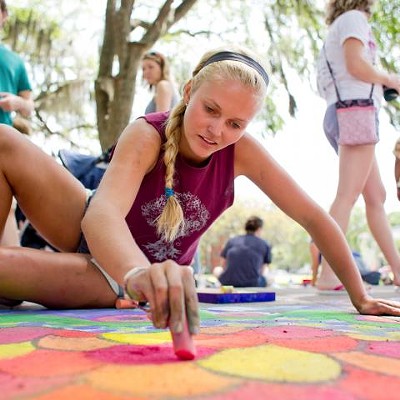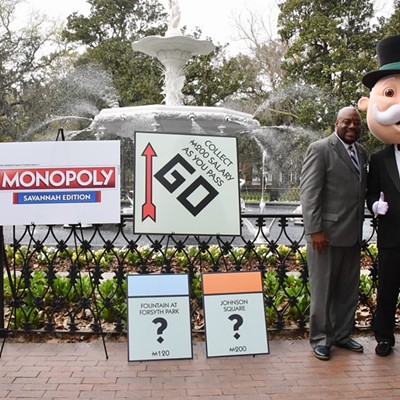"CYCLISTS." When you read that word, which images pop into your head?
A Lycra-clad competitive cyclist pounding out the miles on the Saturday morning coffee shop ride? A family out for a leisurely spin around their neighborhood? A SCAD student pedaling to class with a portfolio slung across his back?
A young professional on her way to work? A construction worker dressed in a reflective vest riding to the job site?
All of these and more are acceptable answers. Unfortunately, as I have written before, if just one of these images appears in our imagination, we can inaccurately regard people who ride bikes as a monolithic group.
In reality, we could identify dozens of ways to describe people in Savannah, depending on when, why, where, how and on what kinds of bicycles they use.
Roger Geller of the Portland Bureau of Transportation developed a scheme to group people who ride bikes into four different types, based on their attitudes about riding in different types of environments.
His “Strong and Fearless” category includes people who are so sure of their abilities to mix it up with cars and trucks, they will ride on almost any street in all conditions. They are rare. Less than 1 percent of people qualify.
“Enthused and Confident” cyclists are “comfortable sharing the roadway with automotive traffic, but they prefer to do so operating on their own facilities,” such as bike lanes and multiuse paths. About 7 percent of people fall into this category.
Most people (60 percent) are, Geller suggests, “Interested but Concerned.” They are described on the PBOT website as being “curious about bicycling.”
However, they don’t ride often because, “They don’t like the cars speeding down their streets. They get nervous thinking about what would happen to them on a bicycle when a driver runs a red light, or guns their car around them, or passes too closely and too fast.”
In short, they’re scared.
It’s my job to talk with people about why they ride bicycles in Savannah and, just as often, why they don’t. I think Geller’s Oregon numbers and his reading of people’s attitudes toward cycling are probably pretty accurate for our community, too.
But what about that fourth type? This is the “No Way No How” category, which represents 33 percent of the population and includes people who are “currently not interested in bicycling at all, for reasons of topography, inability, or simply a complete and utter lack of interest.” Topography is not a problem here so I suspect we have fewer members of this group locally.
New research that finds Geller’s typology is not Portland-specific will be presented at the 95th Annual Meeting of the National Academies of Sciences, Engineering, and Medicine’s Transportation Research Board this week in Washington, D.C., reports The Atlantic’s CityLab website. Jennifer Dill and Nathan McNeil of Portland State University examined the attitudes of people in the 50 largest U.S. cities and found, “... the results align with Geller’s estimates...” writes Eric Jaffe of CityLab.
Dill and McNeil’s findings go beyond simply confirming Geller’s four types and include additional layers of interesting data, but Jaffe summarizes the potential of their research this way:
“Together these findings suggest local initiatives to expand bike infrastructure and encourage mixed-use development might prove especially attractive to those city residents on the fence about cycling.”
Thanks to the City of Savannah’s Complete Streets ordinance, we are uniquely positioned to create conditions that will convince the “Interested but Concerned” to make bicycling a healthy part of their daily lives.
Unfortunately the city has recently taken a troubling detour away from years of good work by proposing an ordinance banning bicycling, skateboarding and similar activities from Forsyth Park, even after a 2013 analysis by Savannah Chatham Metropolitan Police Department officials questioned the need for increased enforcement against people who ride bikes in the park and warned doing so would be an “irresponsible use of police resources” and a “PR nightmare.”
More than one critic of the ordinance has expressed dismay over the way it “has framed this issue as a conflict between residents.”
As someone who spent six years as chair of a pedestrian safety organization before he became involved in bicycle advocacy, it’s especially troubling to see people cast as rivals for public space when they could be working together for mutual benefit.
I’m hopeful that kind of cooperation, which involves finding sensible solutions for improving public safety in the park and on nearby streets, while providing access for all, will emerge from discussions about the proposed ordinance.
As citizens we can help city officials steer back onto their previous path of progress.





























